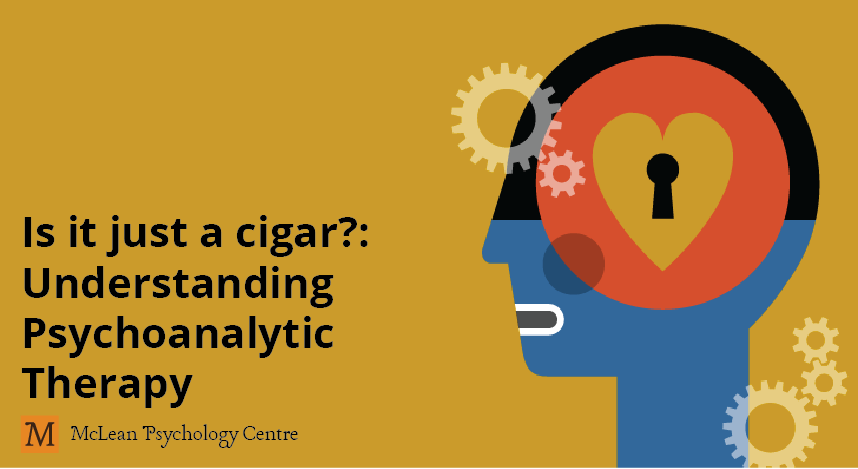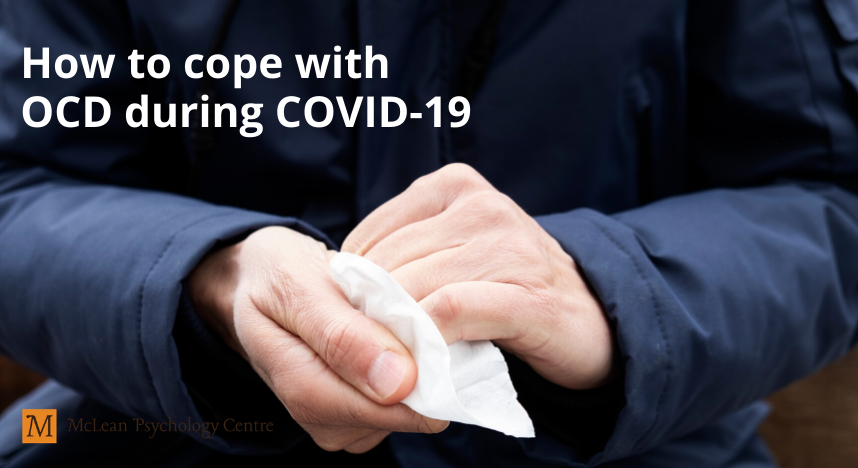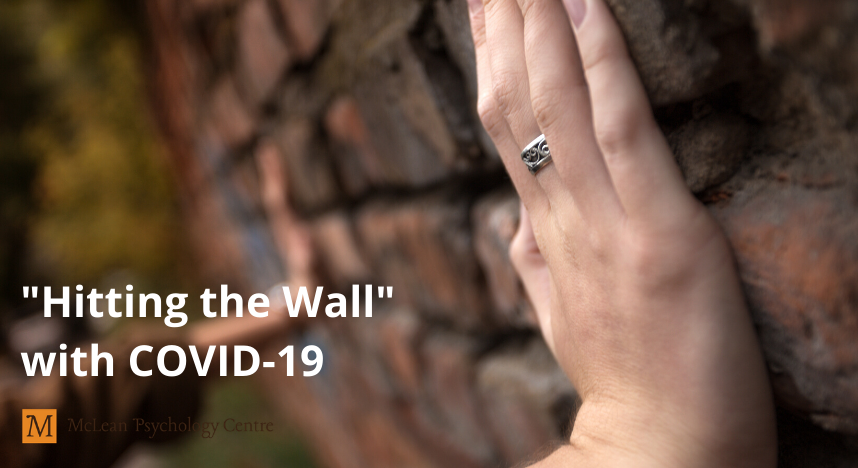Of all the types of therapy available today, psychoanalytic therapy is the one the average person knows the most about. It is also the one the average person has the most incorrect ideas about.
Founded in the late 1800s by Sigmund Freud, psychoanalysis looks at the way the unconscious mind influences and individual’s thoughts and behaviours. Freud began his work with a French neurologist named Jean-Martin Charcot, and together they found that talking with patients about past traumatic experiences helped to alleviate symptoms.
Freud continued his work on his own and went on to develop “talk therapy”, the basis for modern psychotherapy. The therapeutic process of this type of therapy helps patients understand their inner world, and how that inner world influences their past and present experiences.
Psychoanalytic therapy can last weeks, months, or years, depending on the individual and their needs, and it can be valuable in treating many types of psychological difficulties, from eating disorders to anxiety and depression.
This therapy method works on four basic assumptions:
- Psychological problems are rooted in the unconscious mind
- Symptoms are caused by emotional disturbances that are hidden
- Psychological problems are often derived from unresolved issues in developmental stages or trauma
- Treatment aims to bring unresolved conflicts to the surface and process them
Therapists will assist their patients in finding patterns of difficulties, such as having similar problems in multiple workplaces, and significant events, such as a traumatic childhood experience.
There are a number of techniques used by therapists in psychoanalytic therapy, such as
- Interpretation: The most commonly thought of form of interpretation is dream interpretation, since a great deal of Freud’s work was based on them, but interpretation is simply that: Interpretation. Your therapist will often be quiet while listening to you speak, but they will interject to ask you to attempt to interpret something you’ve just said, or to offer an interpretation of their own.
- Free Association: This is a way of connecting thoughts and ideas that are often paired together for a patient. Speaking freely and allowing associations to occur can be very useful in helping to return to a previous emotional state and evaluating it.
In the past 100 years, psychoanalytic therapy has had many critics who feel this type of therapy is expensive, time-consuming, and ineffective. These criticisms often stem from the classical applications of Freud’s theory, rather than the current therapeutic method it has evolved into.
In the past few decades, a large body of research has proven that psychoanalytic therapy is not only a valid treatment method, but also a very effective one. Sharing one’s life experiences with a professional trained to help you look at them objectively in a safe environment can be a very powerful doorway to healing. Research has shown that this type of self-examination often leads to greater emotional growth over time.
McLean Psychology Centre’s therapists use psychoanalytic therapy to assist their clients in overcoming depression, anxiety, grief, and many other emotional difficulties. If you think psychoanalytic treatment might help you, the first step is starting with a consultation.







